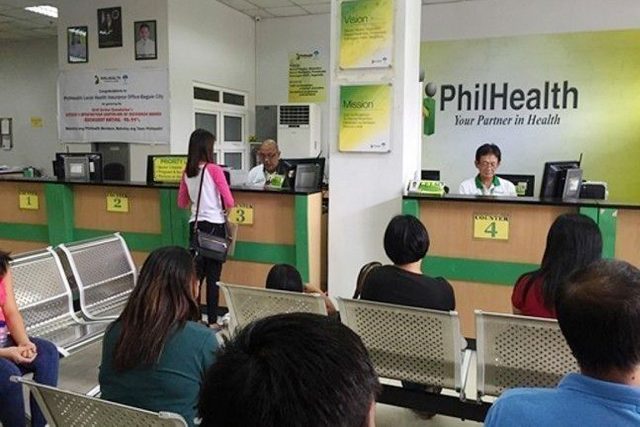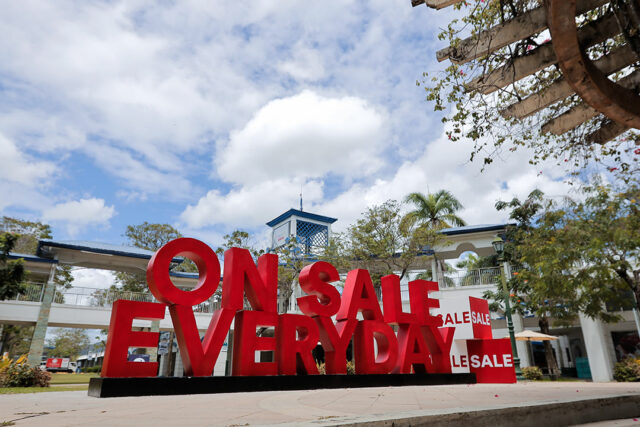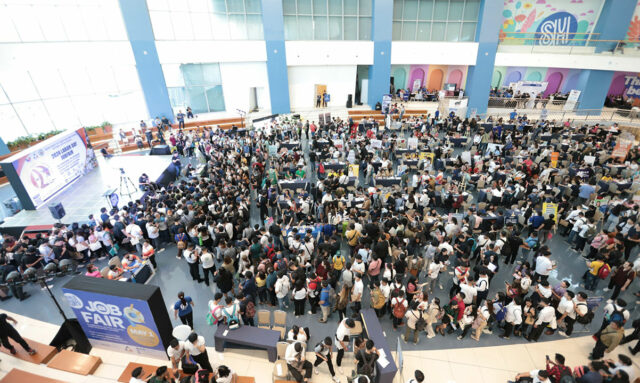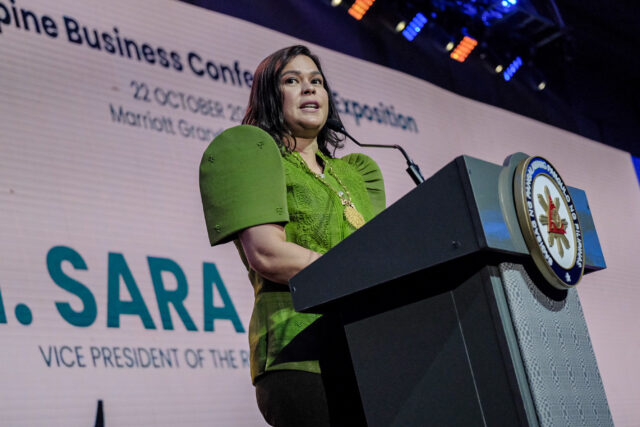IN BRIEF:
• Attacks targeting small businesses are on the rise, and a single successful breach could jeopardize operations, customer trust, and business continuity.
• Rather than try to build a comprehensive security team from scratch — which can be prohibitively expensive — many small businesses are benefiting from “CISO-as-a-Service” models.
• This model allows companies to bring in experienced security professionals who offer strategic guidance, oversee critical cybersecurity activities, and provide access to a broader team of security specialists, all on a shared-service basis.
In the Philippines, small- and medium-sized businesses (SMEs) often face significant challenges when it comes to cybersecurity. With fewer than 20 IT personnel on staff, many organizations may only have basic protections — such as antivirus software programs and a firewall — in place. It’s common for these businesses to not have implemented services like Active Directory, and handle cybersecurity as an afterthought rather than a priority.
Yet, in today’s increasingly digital economy, these businesses are at risk. Attacks targeting small businesses are on the rise, and a single successful breach could jeopardize operations, customer trust, and business continuity. With that in mind, this article will discuss how Philippine SMEs with limited resources can embark on a cybersecurity journey that’s practical, achievable, and cost-effective.
OUTSOURCING FOR EFFICIENCY
One of the most effective approaches to cybersecurity for SMEs is to consider outsourcing cybersecurity functions. Rather than try to build a comprehensive security team from scratch — which can be prohibitively expensive — many small businesses are benefiting from “CISO-as-a-Service” models.
A Chief Information Security Officer (CISO) as a service allows SMEs to access top-tier security expertise without having to hire full-time specialists. Through this model, companies can bring in experienced security professionals who offer strategic guidance, oversee critical cybersecurity activities, and provide access to a broader team of security specialists, all on a shared-service basis. This reduces costs while still ensuring that the business benefits from industry best practices.
THE CYBERSECURITY JOURNEY
Assess current state. Begin by assessing the current capabilities of the company. Understand what assets must be protected, identify any existing vulnerabilities, and evaluate all current tools and configurations. An outsourced partner can help facilitate this process, providing an unbiased, thorough review of the company’s security posture.
Focus on the fundamentals. For organizations that have limited resources and basic tools, starting with strong foundational controls is key. This includes the following:
• Endpoint Security: Go beyond simple antivirus programs by considering endpoint detection and response (EDR) tools. These can provide more visibility into potential threats and help respond to attacks quickly. Choose EDR solutions that are simple to deploy and have an intuitive interface, making them easy for the IT team to manage.
• Network Segmentation and Firewalls: Reinforce the company’s firewall setup and consider segmenting its network. This way, even if attackers gain access to one part of the system, they won’t be able to move freely. Look for firewalls that offer user-friendly dashboards, allowing the IT team to easily understand and manage network activity.
Prioritize identity and access management. Many SMEs may not have any form of identity management system in place. Implementing a cloud-based solution, such as a simple single sign-on (SSO) or even managed identity access solutions, can significantly reduce risk. These solutions simplify login processes for users while enhancing security. An outsourced partner can make these systems easy to deploy and manage, reducing the burden on the internal team.
Embrace managed security services. As part of the company’s journey, outsourcing Managed Detection and Response (MDR) can be particularly valuable. Managed service providers have dedicated security operations centers (SOCs) and can monitor the company network 24/7 for suspicious activity — something most SMEs can’t do on their own. The MDR tools often come with simplified reporting and alerts that are easy for the internal team to understand, ensuring that even non-specialist staff can grasp the current security state.
Employee awareness and training. Many attacks target employees through phishing or social engineering tactics. Implement regular training sessions for company employees to teach them how to recognize threats. This is also something that a managed partner can easily help facilitate. Look for training programs that are interactive and easy to understand, ensuring employees find them engaging rather than overwhelming.
Adopt user-friendly security controls. One concern that often arises when discussing cybersecurity is that it may hinder productivity. However, many of today’s solutions focus on enhancing both security and usability. Multi-Factor Authentication (MFA), for example, may seem like an extra step, but when integrated properly, it makes logging in faster while also being more secure. Choose MFA tools that are simple to use and integrate seamlessly with the company’s existing systems. Prioritize tools that simplify administration and are transparent to users, ensuring security isn’t seen as a burden but rather as an enabler of efficient work.
BENEFITS OF OUTSOURCING CYBERSECURITY
Cost efficiency. Rather than investing in full-time employees and costly infrastructure, outsourcing enables paying only for what the company needs, when it is needed.
Access to expertise. Cybersecurity is complex and constantly evolving. Partnering with a provider provides access to specialists who are on top of the latest threats and trends.
Scalable solutions. Outsourcing allows the scaling of security capabilities as the business grows, meaning companies do not have to worry about outgrowing their protections.
Faster implementation. Leveraging external resources means that new security controls can be implemented faster, helping the business reach an improved level of security in weeks, rather than months or years.
TRANSFORMING SECURITY FOR GROWTH
As an example, a medium-sized business had started with just an antivirus program and a basic firewall. It began its cybersecurity journey by gradually adopting outsourced cybersecurity services, such as MDR and a CISO-as-a-Service. Over time, it was assisted in implementing more sophisticated controls — including endpoint detection, identity management, and cloud security. While its footprint is small compared to global organizations, its level of protection is now at par with international standards.
Throughout the journey, the service provider kept a focus on ease of administration and usability. The goal of the journey wasn’t just to make the organization more secure but also to make it easy for employees to operate securely — resulting in a more productive and safer environment for everyone.
BEGINNING THE CYBERSECURITY JOURNEY TODAY
The path to cybersecurity doesn’t have to be overwhelming. By outsourcing key functions, adopting best practices step by step, and focusing on tools that blend security with usability, SMEs can more effectively protect themselves without overextending their resources.
Remember, it’s not about where the company starts — it’s about taking that first step towards securing the business for the future.
This article is for general information only and is not a substitute for professional advice where the facts and circumstances warrant. The views and opinions expressed above are those of the author and do not necessarily represent the views of SGV & Co.
Carlo Kristle G. Dimarucut is a technology consulting partner of SGV & Co.












